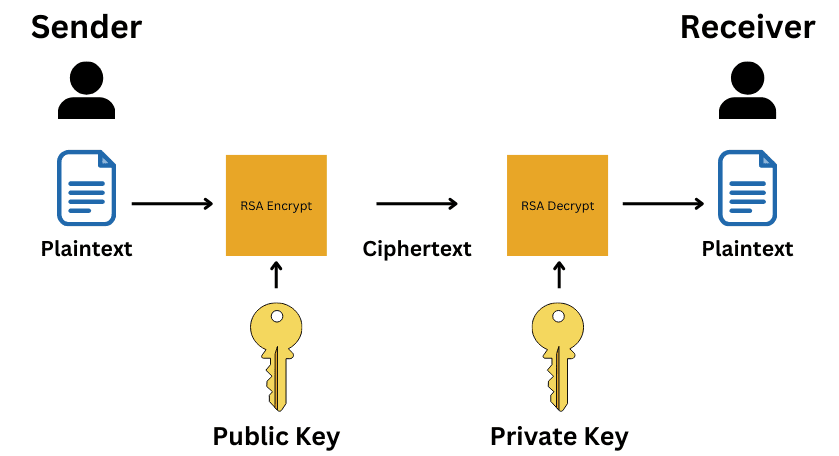On Monday 6th May, Netcraft will be heading to San Francisco along with thousands of other cyber security professionals for RSA Conference 2024. If you’re attending too, we thought we’d share a few insights into how it all started. Use them in line for coffee or at an evening event to show off your extensive knowledge of asymmetric cryptography algorithms (that’s a mouth full). If you’re at the event and would like to say hello, visit us at booth 362 in the South Expo Hall or register here and we’ll reach out.
RSA is one of the oldest encryption algorithms that is still widely used today for secure data transmission. It was originally published in 1977 and is classed as a public-key or asymmetric cryptography algorithm meaning it has two separate keys, one to encrypt data and a different one to decrypt. If two parties want to talk, each party can send the other party a public encryption key that they can use to encrypt messages they wish to send. They can both keep their decryption key private, making it a secure way of sending secret messages.

A diagram showing the asymmetric cryptography technique used by the RSA algorithm.
RSA however, is a relatively slow algorithm and so is not commonly used to directly encrypt user data. Instead, it can be used to transmit keys for symmetric cryptography, a class of encryption algorithm where the same key is used to both encrypt and decrypt the data. The symmetric algorithm is usually much faster and used for bulk encryption and decryption of the data. This use of RSA is one of the methods that can be used in TLS which is widely known for authenticating and securing connections across the internet such as in browsers, mobile apps and even over-the-air updates …